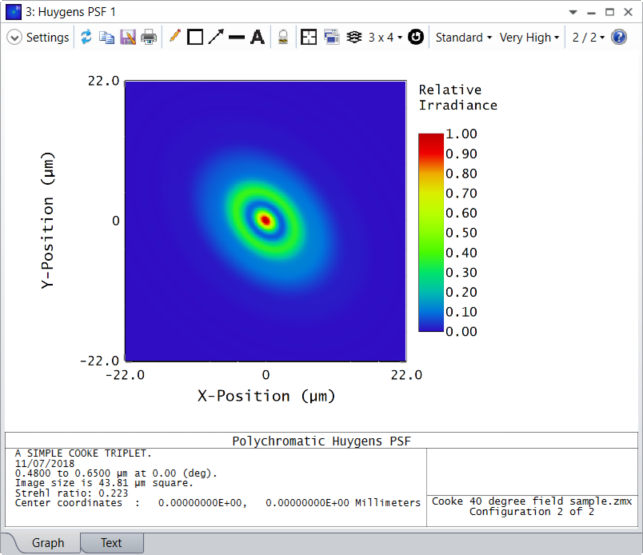I want to create a universal plot of Huygens PSF FWHM vs wavelength or field. Is there an operand that would make this possible or do I need to write a script to (or manually) extract the FWHM from the Huygens plot data? This is for a spectrometer.
I’d also like to get the local dispersion around a number of central wavelengths. If you can think of any built-in tools or shortcuts for doing this, please let me know. Thanks!
Question
Extracting FWHM from Huygens PSF cross section
Enter your E-mail address. We'll send you an e-mail with instructions to reset your password.






